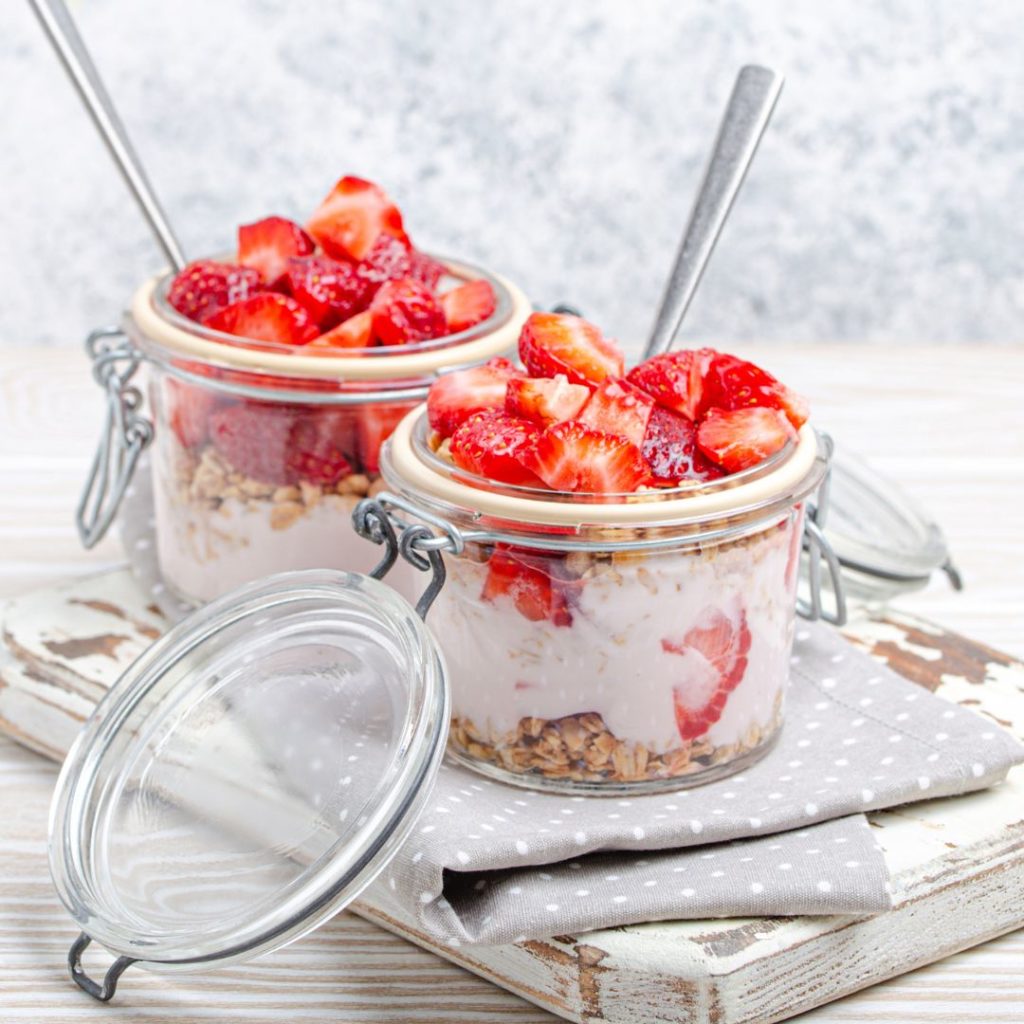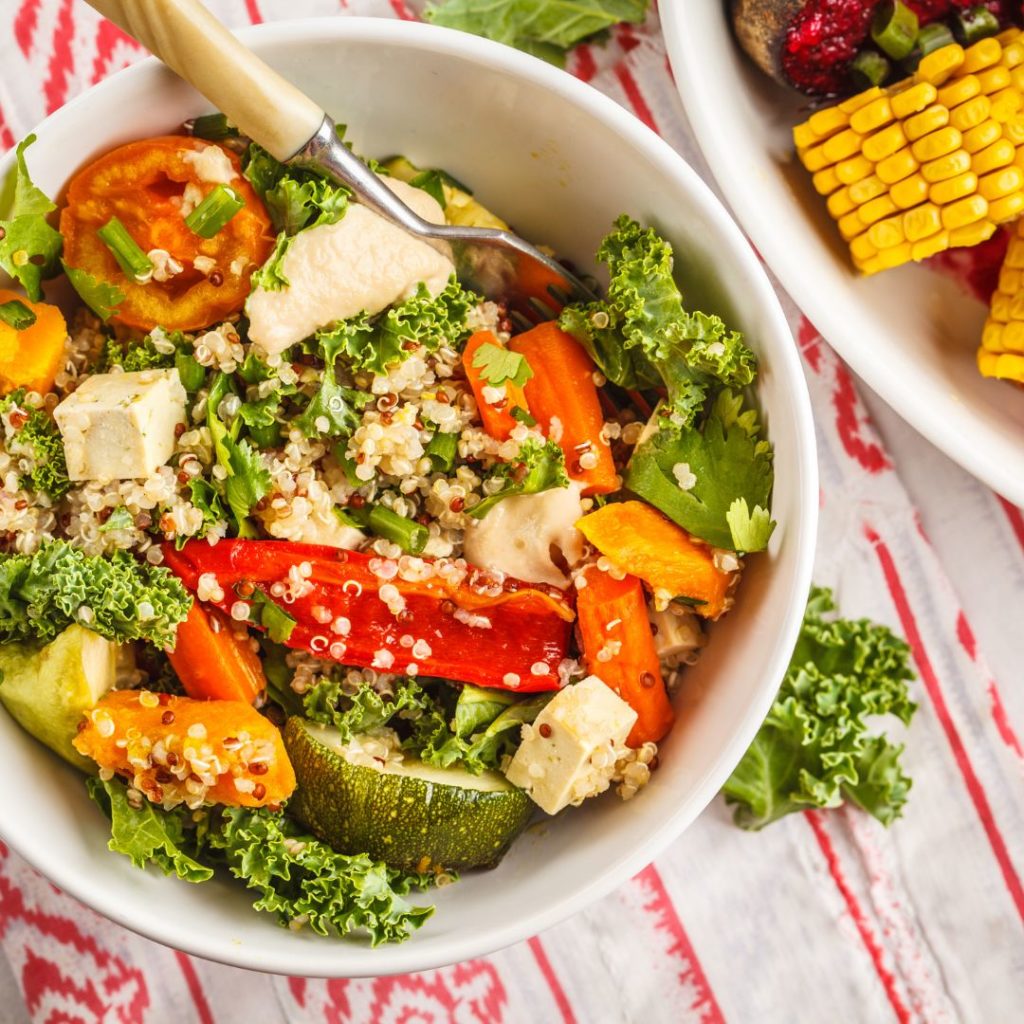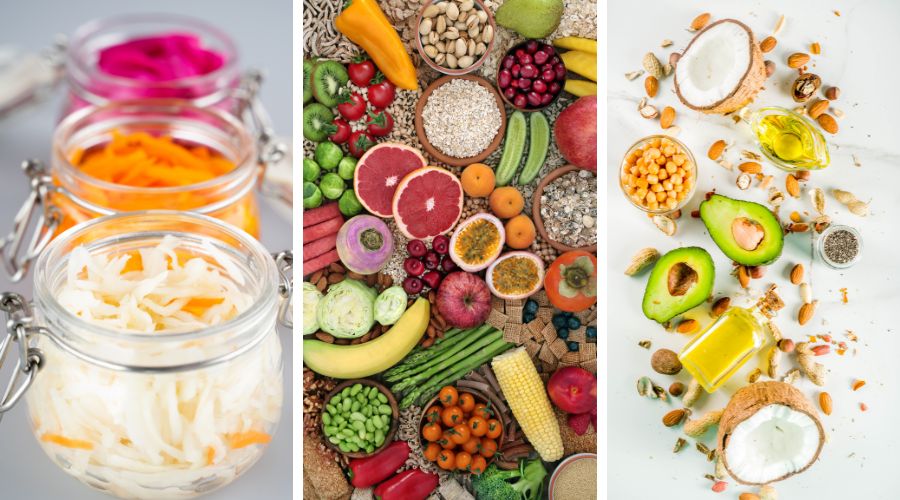In recent years, scientific research has shed light on the profound influence of gut health on our overall well-being. Yet, despite its importance, gut health is often overlooked in our daily lives.
This article aims to change that. By understanding the intricacies of the gut and how it interacts with the rest of your body, you can take proactive steps towards a healthier, more vibrant life.
Understanding Gut Health
At the core of our well-being lies the gut, a complex and dynamic ecosystem that plays an essential role in more than just digestion. It’s a central hub for critical processes, including nutrient absorption, immune function, and even mood regulation. This remarkable system, home to trillions of bacteria known as the gut microbiome, is an unspoken hero in maintaining our health and vitality.
The state of our gut health can have far-reaching effects. A balanced and thriving gut microbiome can lead to improved digestion, enhanced immune response, and a positive impact on mental well-being. Conversely, an imbalance in this delicate ecosystem can be linked to a variety of issues, from digestive discomforts like bloating and irregular bowel movements to more systemic concerns like immune dysfunctions and mood fluctuations.
The Digestive System: The Body's Nutrient Processor
The journey to understanding gut health begins with the digestive system, a remarkable network that starts at the mouth and ends at the anus. It’s not just a simple tube; it’s a sophisticated system designed for a critical mission: transforming the food you eat into energy and nutrients, while filtering out waste.
As you consume food, it begins an incredible journey inside your body.
- Mouth: Digestion begins here. Chewing breaks down food, and enzymes in saliva start the process of nutrient extraction.
- Esophagus: This is the gateway that transports food from the mouth to the stomach.
- Stomach: A powerful organ that uses acids and enzymes to break down food into a semi-liquid form called chyme.
- Small Intestine: Here, most nutrient absorption occurs. Tiny villi and microvilli on its walls absorb nutrients and pass them into the bloodstream.
- Large Intestine (Colon): It absorbs water and electrolytes, forming solid waste to be excreted.
Throughout this process, the digestive system communicates with other body systems, ensuring that nutrients are delivered where they’re needed and waste products are efficiently removed.
The Gut Microbiome
Imagine a bustling city within your gut, teeming with trillions of bacteria, viruses, fungi, and other microscopic organisms. This is your gut microbiome, a complex and dynamic community that resides primarily in your large intestine.
Far from being mere passengers, these microorganisms play a crucial role in your health. They assist in breaking down food, synthesising essential vitamins, regulating your immune system, and even influencing your mood and mental health through the gut-brain axis.
Each person’s microbiome is unique, shaped by factors like genetics, diet, environment, and lifestyle. A diverse and balanced microbiome is key to good gut health. It’s like a garden; the more variety it has, the more resilient it becomes.
An imbalance in the gut microbiome, known as dysbiosis, can lead to various health issues. Dysbiosis has been linked to digestive disorders like irritable bowel syndrome (IBS) and inflammatory bowel disease (IBD), allergies, obesity, diabetes, and even mental health conditions like depression and anxiety.
Maintaining a healthy microbiome is thus not just about digestive health; it’s about holistic well-being. As we move through this guide, we’ll explore how to nurture and sustain a healthy gut microbiome, paving the way for improved overall health.
Signs of an Unhealthy Gut
- Bloating: A feeling of fullness or swelling in the abdomen.
- Gas: Excessive flatulence can indicate an imbalance in the gut microbiome.
- Constipation: Infrequent or difficult bowel movements.
- Diarrhea: Frequent loose, watery stools.
- Irregular Bowel movements: consistency, frequency, and appearance of bowel movements can indicate gut health. Both constipation and diarrhea are signs of distress.
- Food Intolerance’s: difficulty digesting certain foods, leading to bloating, gas, diarrhea, or abdominal pain.
- Unintended Weight Changes: gaining or losing weight without a change in diet or exercise habits.
- Skin Issues: conditions such as eczema may be related to an unhealthy gut.
- Bad Breath: also known as halitosis, can be a sign of dysbiosis in the gut.
While occasional digestive discomfort is normal, persistent or severe symptoms warrant professional medical advice. It’s especially important to consult your healthcare provider if you experience:
- Changes in bowel habits that last more than two weeks.
- Severe or persistent abdominal pain.
- Unexplained weight loss or gain.
- Blood in the stool.
- Recurring heartburn or indigestion.
Gut Nutrition
Fibre Rich Foods
Fibre aids digestion, promotes regular bowel movements, and feeds beneficial gut bacteria.
Sources: Whole grains, legumes, fruits, and vegetables.
Fermented Foods
A natural source of probiotics, which help in maintaining a healthy gut microbiome.
Sources: Yogurt, kefir, sauerkraut, kimchi, and kombucha.
Lean Protein
Essential for repairing body tissues.
Sources: Lean meats, poultry, fish, tofu, and legumes.
Healthy Fats
Omega-3 fatty acids, in particular, can help reduce inflammation in the gut.
Sources: Avocado, nuts, seeds, olive oil, and fatty fish like salmon.
Foods to Avoid
Reduce intake of highly processed foods, artificial sweeteners, excessive alcohol, and foods high in saturated fats as they can disrupt the gut microbiome.

Berry and Yogurt Parfait
Ingredients:
- Greek yogurt (rich in probiotics)
- Mixed berries (high in fibre and antioxidants)
- A sprinkle of chia seeds (excellent source of fibre)
- A drizzle of honey or a sprinkle of cinnamon for sweetness
Preparation:
Layer Greek yogurt with berries in a glass. Top with a sprinkle of chia seeds and a drizzle of honey or a sprinkle of cinnamon.
Quinoa and Roasted Vegetable Salad
Ingredients:
- Cooked quinoa (a good source of plant-based protein and fibre)
- A mix of roasted vegetables like capsicum, zucchini, and carrots (fibre-rich)
- Extra Virgin Olive Oil (healthy fat) and lemon juice for dressing
- Fresh herbs like parsley or basil.
Preparation:
Combine quinoa with roasted vegetables. Dress with olive oil and lemon juice. Garnish with fresh herbs. Sprinkle your favourite seeds on top and serve with a couple of tablespoons of sauerkraut.

If you or your family are experiencing any of the signs of a digestive disorder, I would love to assist you. Click HERE.
Until next time
Allison

